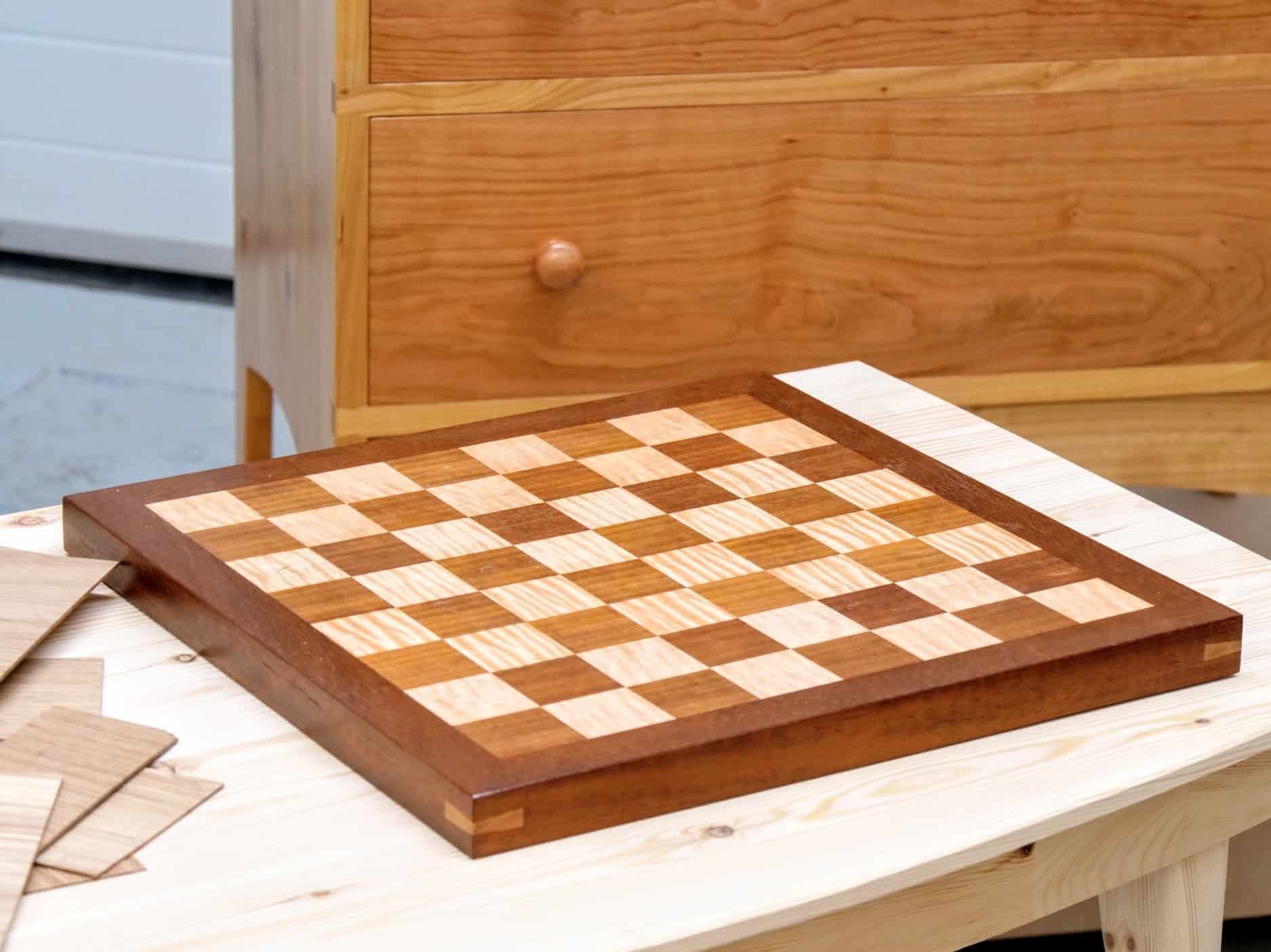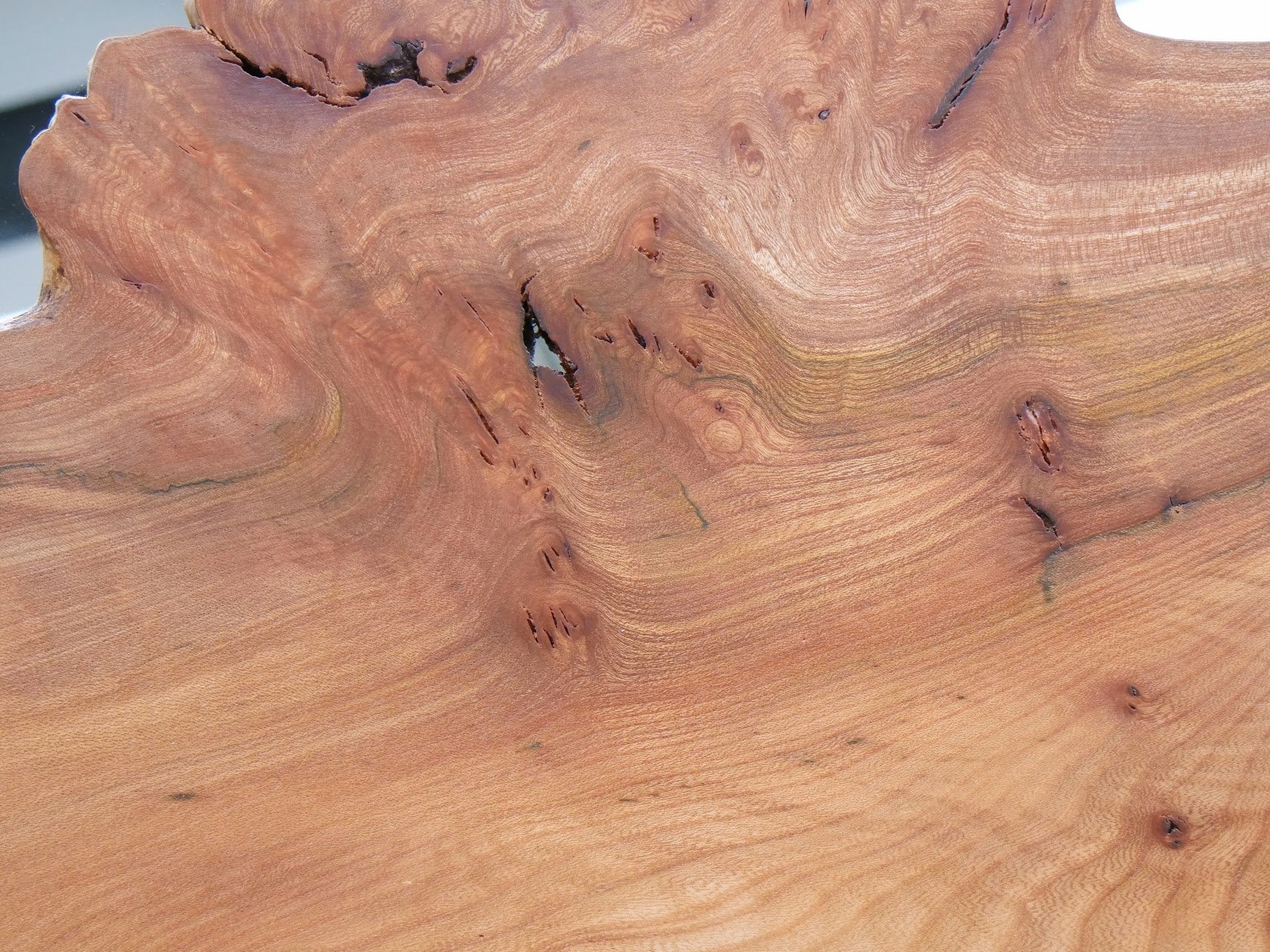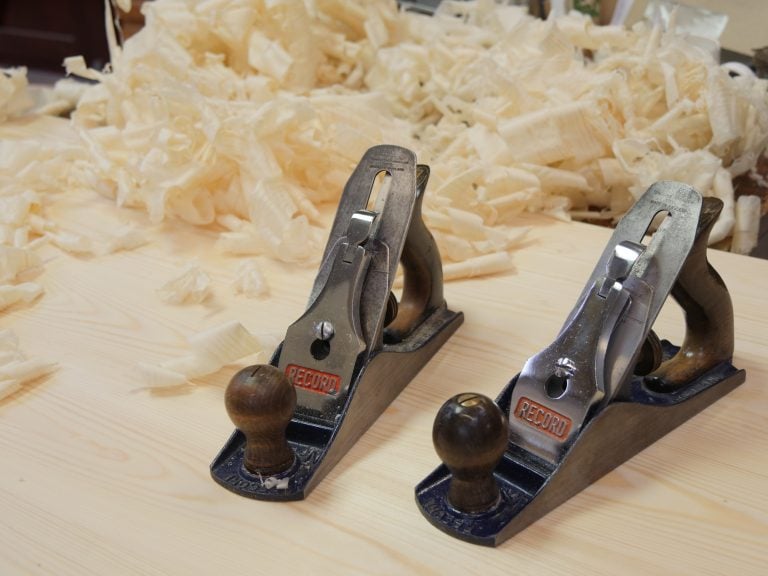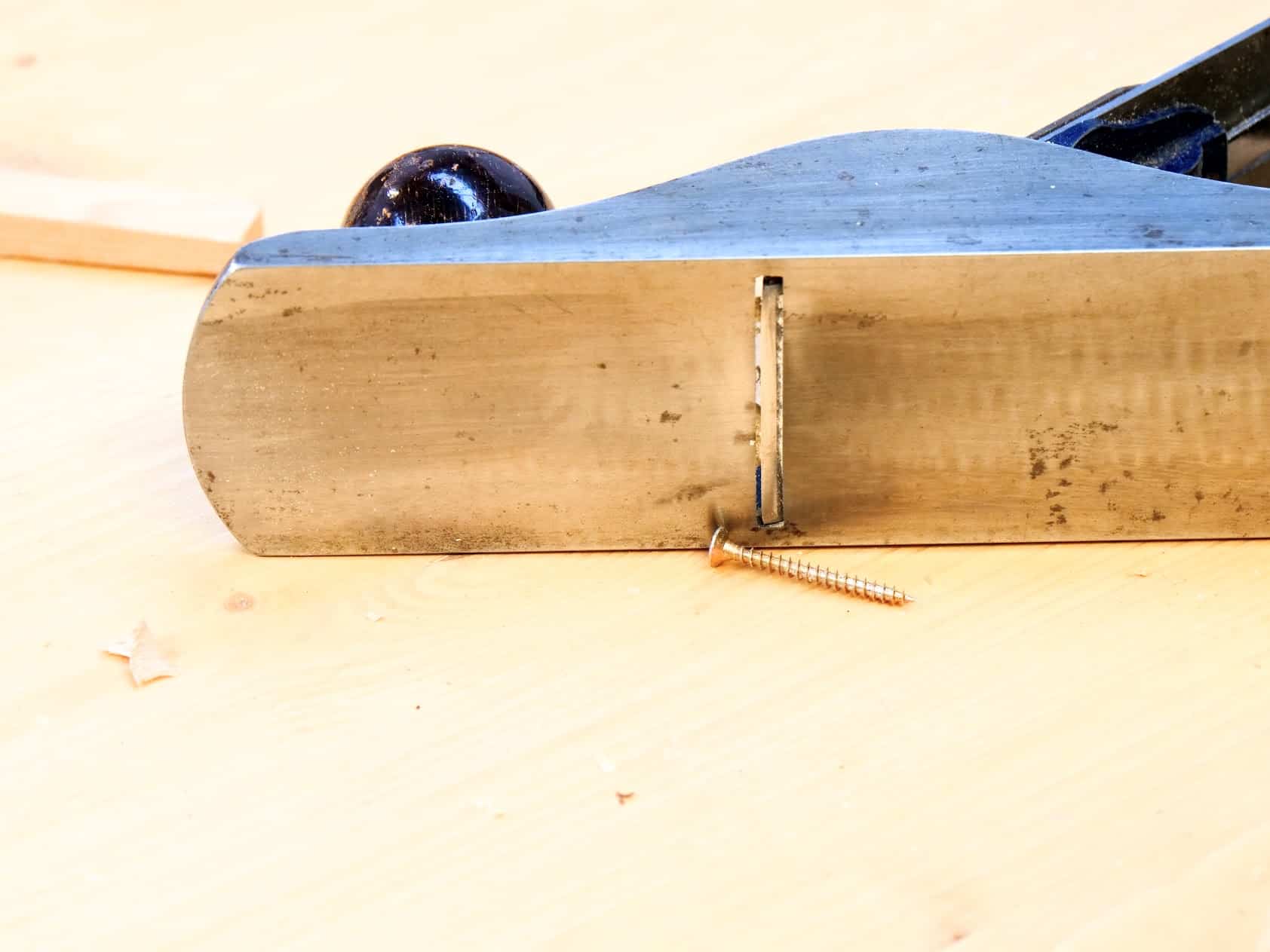Jigs, guides and templates articles
To read more about sharpening tools on our Common Woodworking site, click here
You can skip the next three paragraphs deliberating on freeform and conformity and get beyond my opening ramblings if you like.
Boundaries and open territory undefined
It’s funny how we live in cultures where on the one hand we want boundaries, you know, to know what the parameters and limits are, where we stand and such, begin, end, stop, start and such that make us secure Then on the other hand we reject any and all limits and restraints because we don’t want constraints others feel secure and safe in. Freeform makers usually don’t like conformity, uniformity and such, nor do they like to replicate anything that exists in a repeated or repeatable way in any form. On the one hand it’s the kind of randomness you might find in leaving the edges of wood just beneath the bark to its natural unpredictability. This we once called wane or waney edged. In some ways it is a non-conformity many accept, but it can be a rejection of standards too, and then it can simply be an expression of rebellion to many things they might see as strangling. It’s a response, you know, “I ain’t doing anything unless I do it my way.” I suspect we have all felt a little of that at some time in our lives. I’ve learned though that if you can take stubborn rebellion and change it to determination, success of some kind is just a step or two more away. Good results often come from working within the limits and boundaries we want to reject, and checks and bounds often prevent disaster.
Refusing the constraints of proven technologies
I once watched a stubborn and defiant youngster new to woodworking as he continued to make a dovetailed corner to a box going along the grain for both tails and pins in the very wrong direction. I had told him before the cuts were made that this defied the natural limits of his material and that inevitably one or all either pins or tails or both would snap off as the result of such work was just weak. It wasn’t even that this work was just his experimentation but more that he didn’t want to comply. As a craftsman I have learned that being compliant, and by that I mean supple, I am better able to understand my materials, my tools and my own body; the three essential elements that must line up to produce exemplary work. But I really don’t mind people pushing the bounds, testing the fences and such, that has been how our discoveries good and bad come. He told me unequivocally that “no such thing could possibly happen and that I didn’t know anything.” So, unhelpable, I watched as he raised the square and blocky mallet and before he struck suggested something a little softer, more absorbing but Kerpow!!! Those pins and tails popped, pinged and kerpowed in every direction like corks from a fizz-shaken bottle. He tried another corner and then again the third with equal failure. As far as I know he never completed the fourth corner and never worked wood again.
Two distinct worlds
Some woodworkers, many if not most, want patterns, plans and templates to help and guide them. Their attitude is totally different. Whereas many freeform pieces are very lovely, creative and expressive, it’s not for everyone and neither will the work suit every environment. I accept that the free-former’s rejection of standardised work patterns brings results of a different kind, there is a place for both. The organised, those who work to lines and patterns, recognise standards and such, feel secure by the fences they build as guidance. Without such things they feel insecure. In the camp of the freeformers, no two pieces are ever alike. That’s what makes their work so totally unique and in many cases wanted in the desirable sense. This element of unrepeatability is the appeal, as is the way it is formed, whether by nature or by hand. 

Rejecting unnecessary patterns–Questioning authority
For a long time I accepted that the rule of laying the plane on its side had a valid existence, but, personally, I never really did it in my own life because, well, it wasn’t particularly part of my training. It was in school that we had to perform this practice. It was conforming and conformity. 

On jigs, templates, guides and story boards or story sticks or rods
The question I was asked is what’s the difference between them jigs, guides and story boards. And the problem in defining them is that they are often used interchangeably even though it’s often a bit of laziness on the part of the user or the manufacturer that causes the confusion.
Templates
Firstly, the term jig is often a misguided use of the word. On the other hand a template, though often called a guide, is never called a jig. The word template means pattern and is used to guide us in marking lines onto the material we are working. Usually, not always, we use these lines to cut to. My dovetail template mentioned above is also called a dovetail marker though template is the more accurate term because the template doesn’t actually mark. It’s used only to guide the pencil, pen, marker or knife. So we see that a template is something we trace around.
Guides
A guide can be one of two things or both. You could describe a marking gauge (any type) as a marking guide because the gauge guides and controls the marking pin. To avoid confusion we call it a gauge. The same can be said of the sliding bevel and the square. A guide generally can be either a reference or a control. A reference might be something like a a protractor where we use it to check an angle. There again it can be something that actually controls the presentation of a tool to the work as in the case of a honing guide where it so controls the presentation of the tool it guarantees the bevel is cut to exactly say 30-degrees. It’s at this point we often see a crossover of terms because now we might justifiably call the honing guide a jig too. I think this works fine though personally I would tend to use the word guide.
Jigs
Jigs is indeed a more modern term and one used more by our US cousins a d adopted from them in recent decades I think. In recent decades the use of the router has been used to replace hands skills. In fact, almost all machines have been adapted for other tasks by jigging them to perform other tasks for a guaranteed and uniform outcome. With a dado cutters on the arbor of a tablesaw you have an effective tenoner, groove cutter and rebater (rabbeter USA). None of these adaptations of use are jigs, guides or templates. Add a piece of equipment that holds the wood, like a tenoning jig, and you have a jig. In other cases a jig might guide a hand held machine like a router and feed the router via a guide into the wood. This would then be called a dovetail jig, e.g. Leigh Dovetail Jig. So we see that a jig can hold, guide or feed either the wood into the machine cutter or the machine into the wood.
Story boards, rods, poles and such
Sometimes we lay out every aspect of a project full size onto a sheet or stick of wood to guarantee a working example of we are making. The details are accurately laid out and we can then use the sheet or rod to transfer exact positioning for details such as mortise and tenons. Often we do not need full drawings showing front elevations to doors and window frames. Just the overall height of the frame and then the rails in relation to the stiles. Once laid out, the tape measure is used mostly to cross reference the work as all future measurements are directly transferred from the rod or board to the workpiece.


A great philosophy on life and woodworking. Keep an open mind, learn from others more experienced, but don’t be afraid to let your own imagination guide you to new and possibly better ways of doing things.
I once had a job to alter an existing kitchen so a larger fridge could be fitted in the space between the pantry and a doorway and still have room for a microwave. After allowing minimum clearances, removing some panels and fitting a smaller microwave I found it could be done … with less than 10 mm to spare. It was only by marking the sizes on a story rod was I able to work out whether this was possible at all. As you say templates, guides, jigs and rods can be very helpful in the right situations and at times are the only way to make it possible to do a job.
I attempted jigs for a time. I then realized how silly it was to bang together an object that was more elaborate than that which I was trying to build. It was a “forest for the trees” type of thing.
If you google “la forge royale lost art press”, you will find a link to an old catalogue of a French tool maker dating early XX th century.
In this catalogue, you will see various “boîtes” (translated by “jack”).
One of them is for chair makers and is shown in a post of J. Miller titled “difficult tenon made easier”. I can understand that if you make chairs all your life, you could spent the time to do such a thing.
Another “jack” is the mitre jack about which you will find information on the “benchcrafted” blog (advertisement but also how to make and use it).
Paul himself shows a “shooting board”, a poor man’s mitre box, a dovetail template, things to help sharpen the marking knife, to help sharpening spoke shave blades and a guide for mortising door stiles . (what did I miss?)
Sylvain
I have to had that the J. Miller post here above is about hand woodworking. Publication in magazine and own shop seems to be two different world.
Sylvain
I mean “I have to add”
Hi Paul,
Your story of the young man who tried to cut his dovetails across the grain made me chuckle. Back in the late 90’s, I made a stationary box for my wife. It was tall and narrow. I was worried that the top of the box might break off, so set the grain vertical on the sides and the front of the box horizontal. Only one of the dovetails had to be glued back in. I would attach a photo, but I’m not sure how to do it from these comments.
Best Regards,
Paul
Hi Paul , just read your comments on authority and I was interested to note the remarks on laying down a plane on its side. I was very lucky to have secondary school education where a whole day was given to technical subjects ie woodwork , metalwork , technical drawing , circa late 1960 . Our woodworking teacher would always insist that the plane was put on its side to protect the blade when not in use , or the blade retracted if kept upright . I suspect that having spent a lot of time teaching us to sharpen the blade it was his way of keeping it intact. We had to learn to use the wooden jack plane first before being let loose on the No4 Stanley.
When sharpening the blade no guide was allowed , we had to use only finger pressure and judge the angle , it was considered that we would know what angles looked like , we did not have a strop the burr was removed by stroking back and forwards across the palm of your hand , no health and safety then !!! nobody ever cut themselves, we were each given one to one coaching on how to sharpen a blade , so I quess that’s why he was so insistent on laying the plane down on its side.
At 74 years I still sharpen my blades the same way although my palms are not as soft !!
I enjoy so much your ethos , I was given your book for Christmas there is so much in there that I had be taught at school , i now relise how lucky I was , perhaps there is a message here for our education system
Regards Frank McInroy
Paul–
Once again your wisdom is spot on. I have worked with young people for almost 40 years teaching them, I hope, that creativity and new ways of thinking and doing are best nurtured after the conventional methods and techniques are diligently mastered. All of the great artists learned their craft by copying the great works of those who proceeded them. Even Picasso, had he not first learned to paint and draw in a conventional method, would have been incapable of his explorations into cubism.
Thanks Paul once again for your commitment to excellence. I attended several of your classes in Texas and have never forgotten how you introduced me to the joy of woodworking.
Mike
As I sit here at my new day job in higher education, becoming more frustrated by the vague requests for my boss, lack of standards and lack of common courtesy to respond to calls/email in a timely manner or even respond at all. The part explaining freeformers and non-freeformers, I understand exactly why the lack of structure and planning bothers me here. It is a security issue and I never though of it like that.
“I’ll do it my way.” A story as old as the Garden of Eden. Didn’t turn out to well then either 🙂
While going through your notes it takes me back to good old days when my younger brother who was a boarder at one of the renowned boarding schools of the country had opted for carpentry club. I still very well remember his passion for wood work and how he was always driven to create something better than his folks, at times he would totally surprise all of us that how at such a tender age of teens he could come up with such creative ideas. Look forward for more of your penned down experiences here.